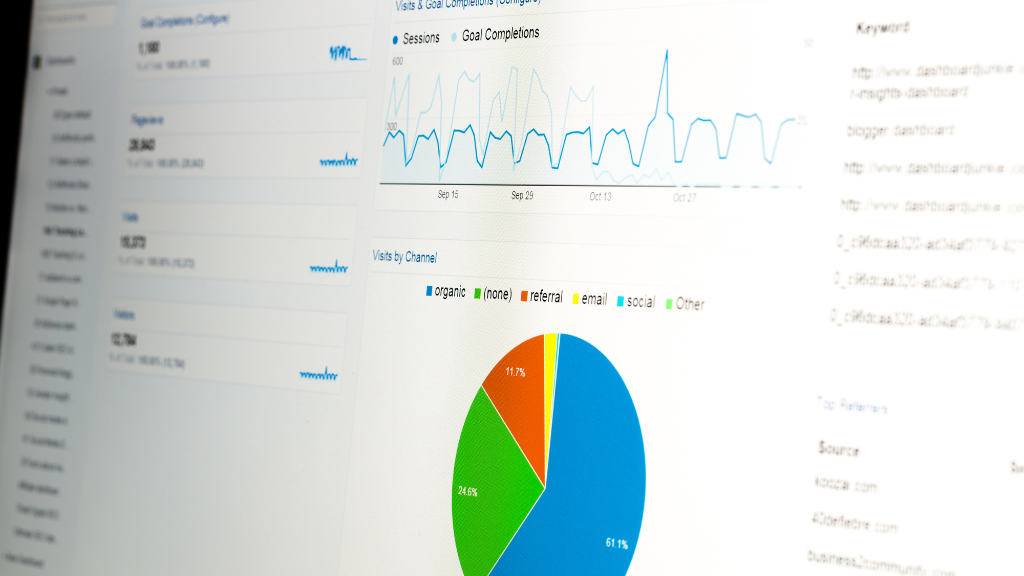How to Improve the Conversion Rate on Your e-commerce Site
If you want to increase sales on your e-commerce site, you should not only focus on traffic but also on your conversion rate. The higher your...
2 min read
Markezing Team : Aug 12, 2024 10:30:00 AM

Discover how to fortify your website's conversion rates against the challenges of an economic downturn with these expert strategies.
The onset of a recession can significantly alter online consumer behaviour, making it crucial for businesses to understand these changes. During economic downturns, consumers become more cautious with their spending, seeking out better deals and more value for their money. They may delay non-essential purchases and prioritize products and services that offer clear, immediate benefits. This shift in behaviour requires website owners to reassess their value proposition, ensuring it resonates with the current economic climate.
To adapt, businesses should focus on providing clear, relevant content that addresses the financial concerns of their audience. Highlighting cost savings, product longevity, and return on investment can help reassure visitors of the value offered, potentially leading to a more robust conversion rate despite economic challenges.
An intuitive and engaging website design becomes even more crucial during a recession, as consumers' expectations for a seamless online experience remain high. Optimizing your website for user experience (UX) involves simplifying navigation, ensuring fast load times, and making the site mobile-friendly. A well-designed website can help mitigate the hesitation users might feel due to economic uncertainty by providing a straightforward path to conversion.
Businesses should also consider the use of persuasive design elements, such as strategic colour choices and compelling call-to-action (CTA) buttons, to guide users towards making a purchase. By reducing friction and enhancing the overall aesthetic, websites can encourage visitors to complete transactions even when budgets are tight.
In uncertain economic times, trust becomes a currency as valuable as the dollar. Leveraging social proof on your website can significantly enhance trust and credibility, nudging visitors towards conversion. This includes showcasing customer testimonials, reviews, and case studies that highlight the satisfaction and success of past clients. Social proof can serve as a powerful endorsement, reassuring potential customers of the quality and reliability of your offerings.
Incorporating trust badges, industry awards, and media mentions can also contribute to a more trustworthy online presence. As consumers become more risk-averse, these elements can play a critical role in convincing them to invest in your products or services.
A streamlined checkout process is essential for maintaining high conversion rates, especially during a recession when consumers are looking for a hassle-free shopping experience. Reducing the number of steps required to complete a purchase, offering multiple payment options, and providing clear instructions can minimize cart abandonment and boost conversions.
Transparent communication about shipping costs, return policies, and delivery times can also alleviate concerns that might prevent users from finalizing their purchases. By making the checkout process as smooth as possible, websites can encourage visitors to follow through with their buying decisions, even in a challenging economic environment.
Data is a powerful tool in combatting the negative effects of a recession on online conversion rates. Utilizing analytics allows businesses to gain insights into user behaviour, identify areas of the website that are underperforming, and understand what drives conversions. Regularly reviewing analytics data can help website owners make informed decisions about where to make adjustments for maximum impact.
A/B testing different elements of the website, such as headlines, images, and CTAs, can provide valuable information on what resonates best with the audience. Continuous improvement of conversion strategies based on analytical findings can ensure that websites remain agile and responsive to the evolving needs of consumers during an economic downturn.
.png)
If you want to increase sales on your e-commerce site, you should not only focus on traffic but also on your conversion rate. The higher your...

A strong online presence is crucial for businesses of all sizes. Your website is often the first point of contact between your brand and potential...

Google Analytics has been an essential tool for website owners and digital marketers for years. Now, Google Analytics 4 (GA4) is set to replace the...